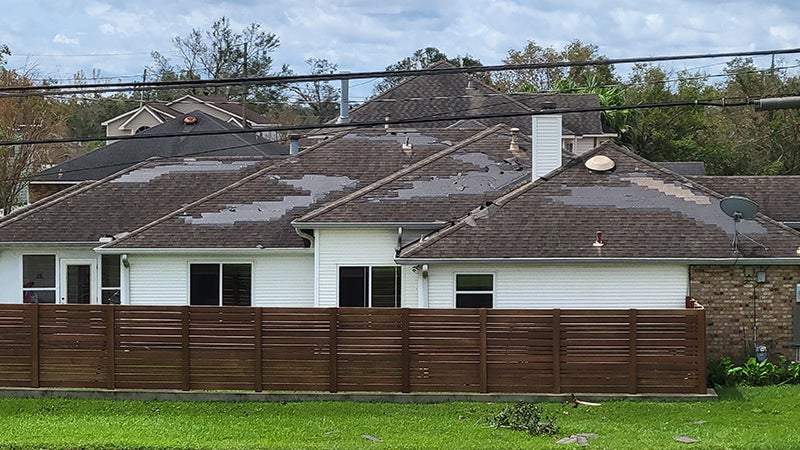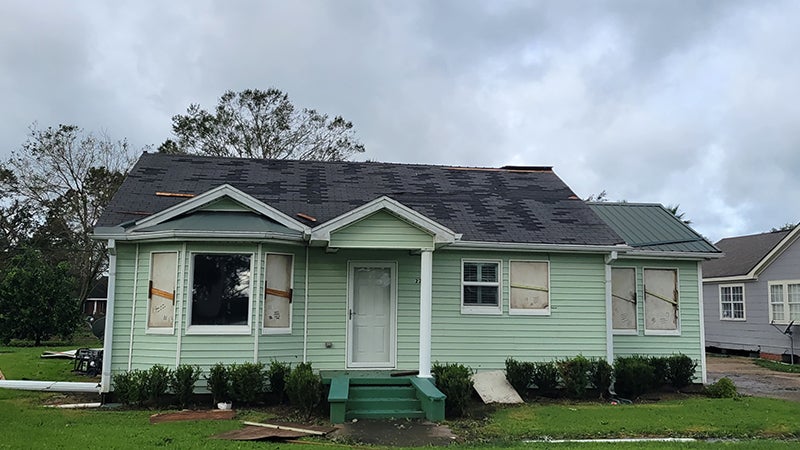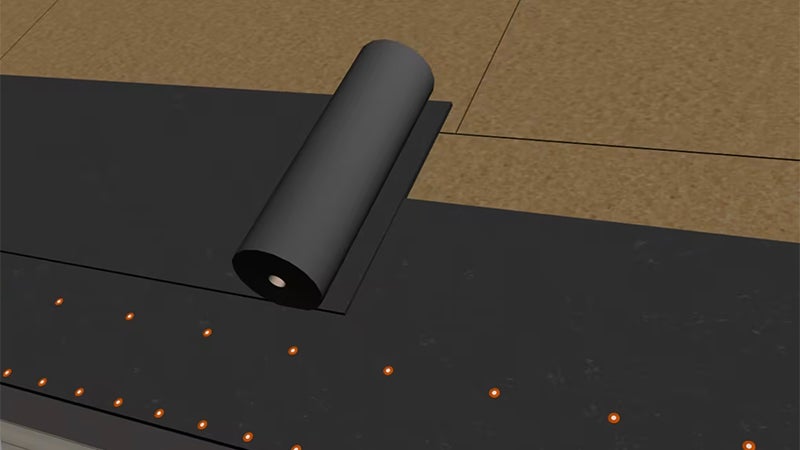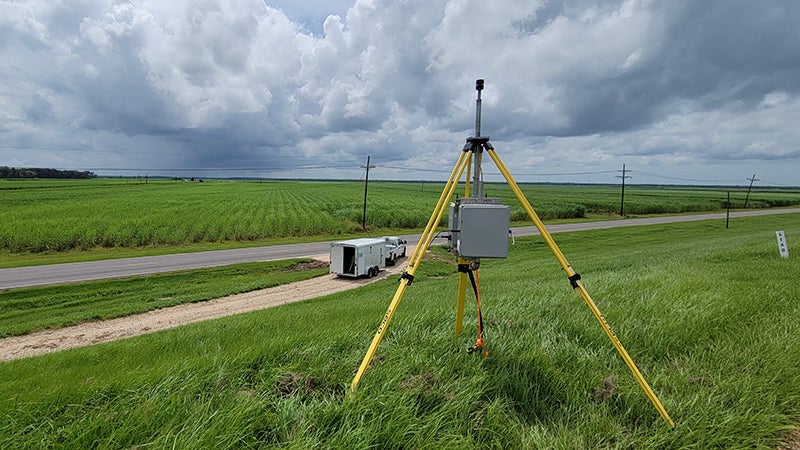Research meteorologist shares crucial rebuilding tips following Hurricane Ida
Published 12:01 am Wednesday, September 29, 2021
|
Getting your Trinity Audio player ready...
|
LAPLACE — The centerpiece of the Insurance Institute for Business & Home Safety laboratory is a full-scale wind tunnel that uses data from real weather events to conduct simulations on how hurricane force winds impact houses.
Baton Rouge native Dr. Ian Giammanco, lead research meteorologist for IBHS, compared the “building crash tests” to highway safety crash tests performed on cars. This research has paved the way for resilient construction standards that can benefit the River Parishes community as residents prepare to replace their roofs following the devastation of Hurricane Ida.
Prior to Hurricane Ida’s arrival, Dr. Giammanco was on the ground from St. Charles Parish to the New Orleans metropolitan area, setting up weather stations to record wind speeds with the Texas Tech Hurricane Research Center team. He saw the effects of dangerous wind speeds firsthand after Hurricane Ida’s wrath damaged his aunt’s roof in Luling and caused the ceiling to cave in. This type of roof damage was widespread across the region, which was to be expected with wind gusts of over 90 mph for a prolonged period of time.
“One of the biggest things I think we are going to see come out of Ida are the issues with asphalt shingles. There are ways to have a back-up plan against this type of shingle failure that we are seeing time and time again,” Dr. Giammanco said. “Our FORTIFIED Home Program at IBHS addresses this through three key upgrades you can do. Unfortunately, these are not things that are included in our common building codes in most locations.”
Dr. Giammanco explained that IBHS’s mission is to reduce damage, displacement and disruption resulting from severe weather events by testing building products, materials and systems against storm impacts.
IBHS standards have become integrated into building codes in coastal Alabama counties in recent years. While these standards are not yet required here, Dr. Giammanco said Louisiana recently passed legislation to foster insurance discounts for homes with roofs built to IBHS standards.
Assuming a roof loses all of its shingles during a storm, Dr. Giammanco said residents can expect nine bathtubs full of water to enter a home for every one inch of rainfall. Building a roof to higher standards significantly decreases the potential for water to get in.
First, Dr. Giammanco suggests sealing gaps in the plywood that makes up the wood decking. Gaps are traditionally left in the plywood of non-fortified roofs to allow wood to expand and contract, but this also allows water to seep into a home, damaging sheetrock and insulation when shingles are damaged during a wind event.
“There are ways you can seal them. The most common is to tape the seams with a tape that’s meant for that application,” Dr. Giammanco said. “Another mechanism is to put a full sheet of material that essentially sticks down to the roof deck. There is also the option to add two layers of heavy duty felt. Underlayment is the technical term for the layer that sits between your shingles and plywood deck.”
Secondly, the FORTIFIED Home program suggests added detail and extra adhesive along the edges of the roof, which tend to be a vulnerable area during wind storms. Instructional videos explaining this process can be found at fortifiedhome.org.
Lastly, the program adds additional nails, known as “ring shank” nails, onto the roof deck.
“These nails have little ribs on them, and they actually can resist the uplift forces from wind trying to pry that plywood up by nearly double, if not more, then with a conventional nail can resist,” Dr. Giammanco said. “These steps aren’t the norm in Louisiana yet. As a consumer, we need to ask those good questions of our roofers. We shop around everything these days, and we need to do the same with our roofs when we have an issue like this.”
When talking to contractors, residents can phrase their requests as statements such as “I would like to make sure my roof deck is sealed down,” or “I would like ring shank nails to be used on my roof.”
“If they immediately dismiss your needs, you should try to look for another roofer,” Dr. Giammanco said. “We encourage folks to try to find roofers that are in your local community. Following these big events, we unfortunately see a lot of fly by night contractors.”
Dr. Giammanco added that IBHS has evaluators who work with roofers to make sure all steps are followed and the work is done well. The process will give the homeowner a designation certificate that often results in an insurance discount once an agent is made aware.
For more information, visit ibhs.org or fortifiedhome.org.








